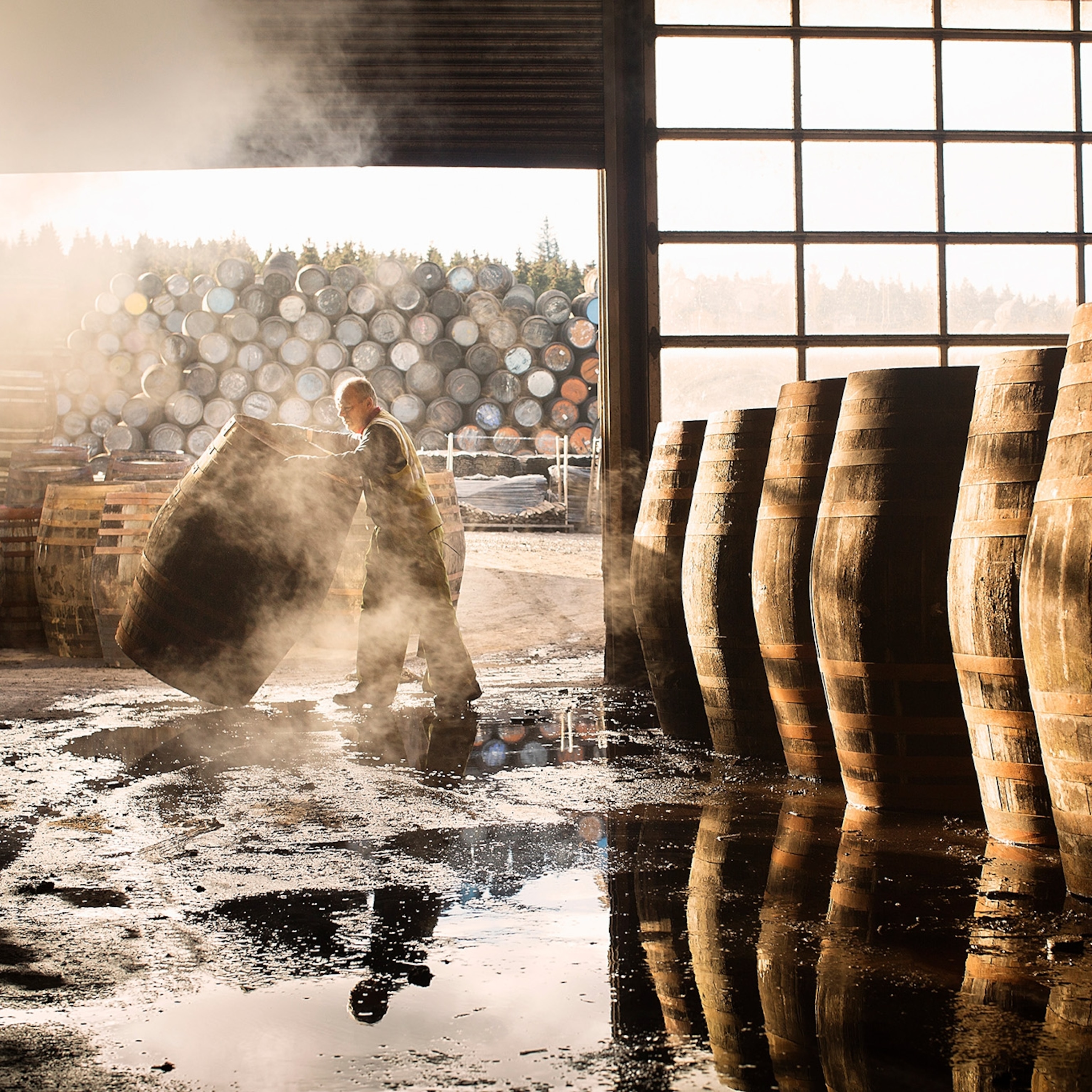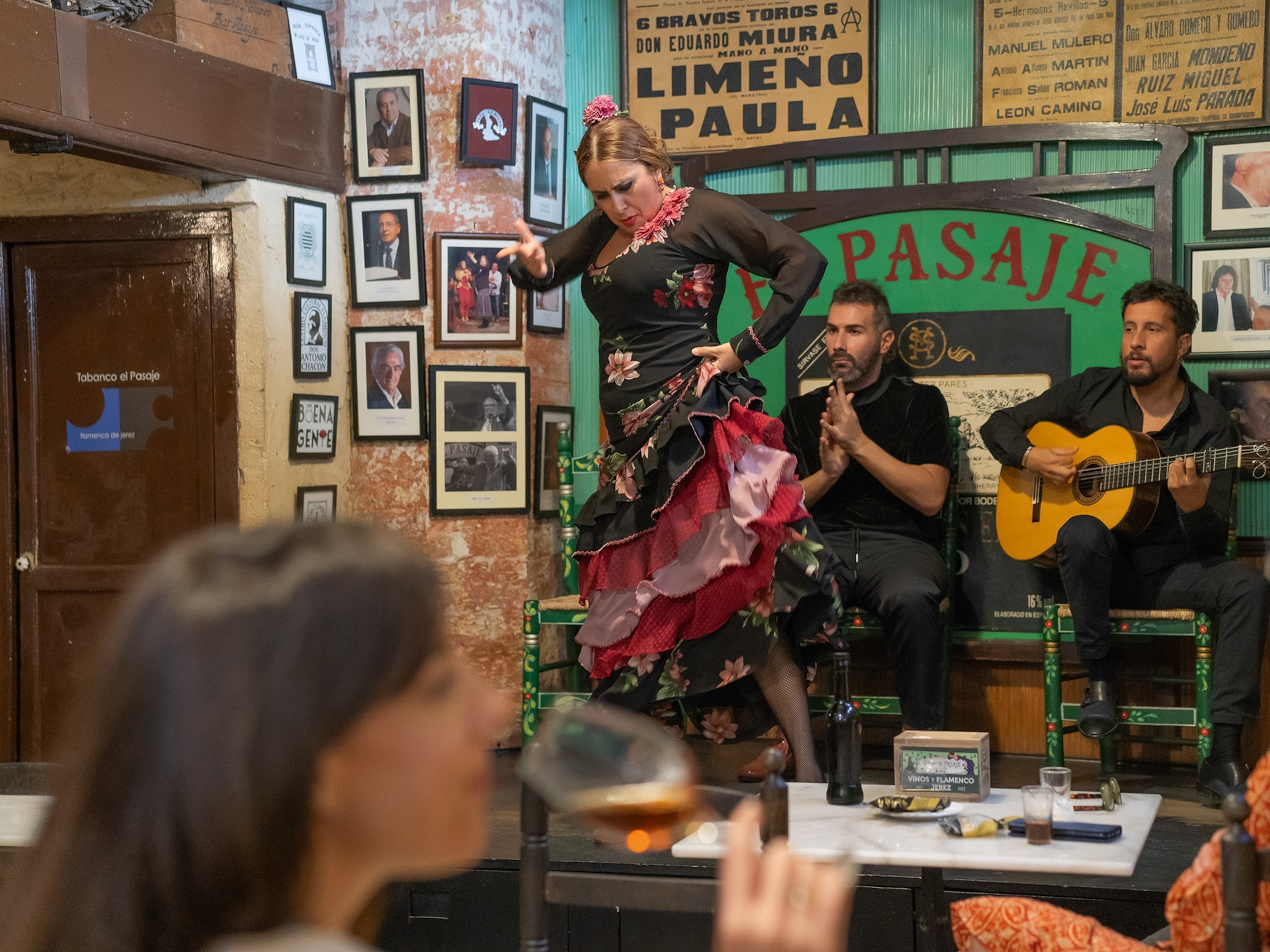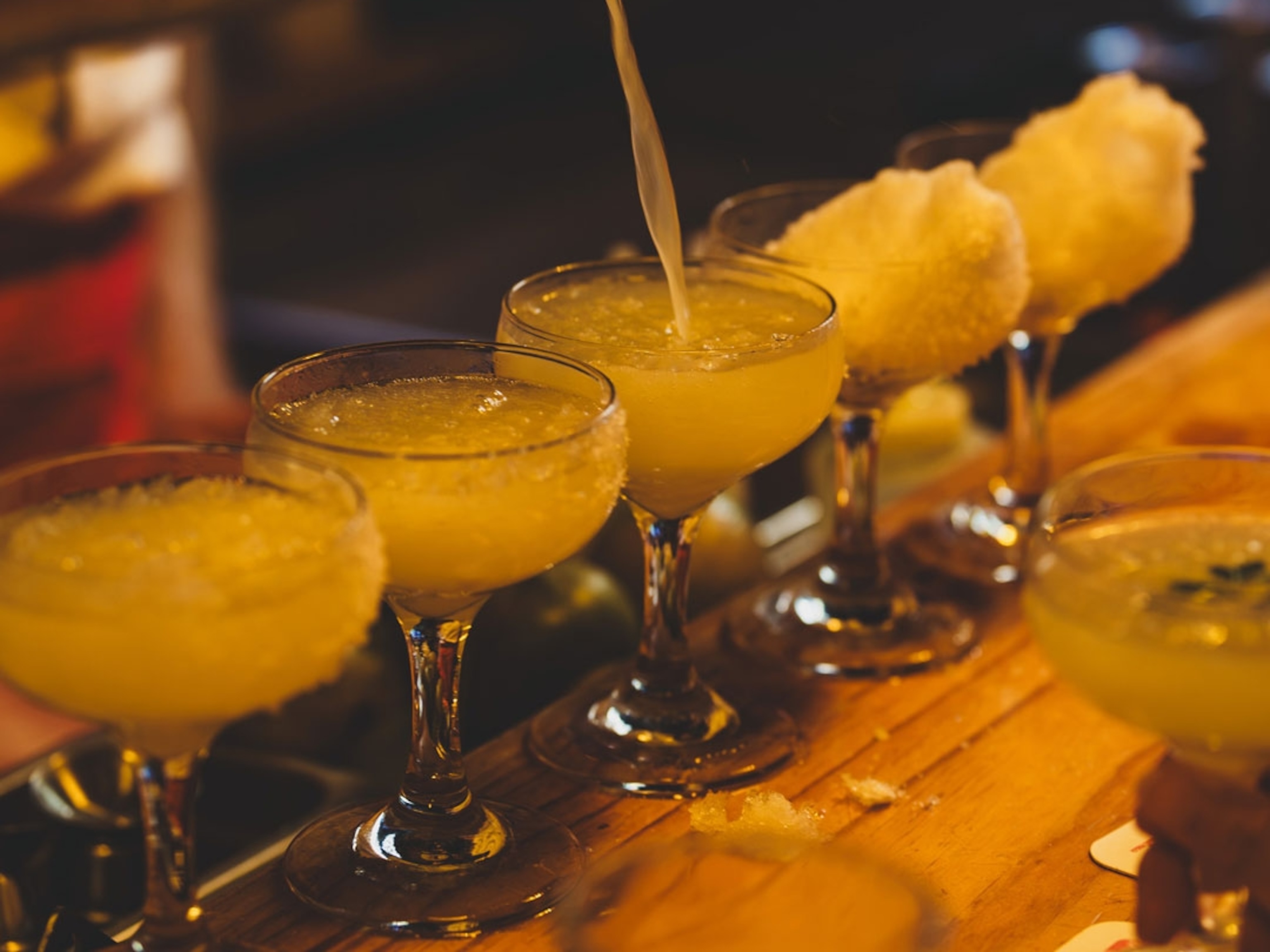Pastis, an iconic French aperitif, makes a comeback
A new generation of artisanal distillers infuses Provence’s beloved aniseed drink with fresh vitality—and flavors.

It’s like a magic trick. When the first drop of chilled water hits pastis, the transparent spirit turns an opaque pale yellow, and a heady plume of aniseed aroma rises from the glass.
The old Provençal word for mixture, pastis draws its licorice-like flavors from the Mediterranean’s arid landscape and its melting pot of cultures. Aniseed-flavored drinks are found across the region: In Greece, it’s called ouzo. Italy has sambuca. In Turkey, it’s raki. All are usually knocked back as a shot after a meal.
Yet the ritual associated with pastis makes it stand out. This sweet spirit simultaneously awakens your senses and relaxes your mind. It’s an aperitif to sip after spending languid summer afternoons in golden-stone villages or on the beach.
Traditionally, the aperitif is associated with sleepy French village squares, and bars selling just one or two brands: Ricard or Pernod. But thanks to a burgeoning movement driven by artisanal distillers, drinkers are discovering a new wave of pastis made with a wide range of botanicals that add more flavor.
The rise of Ricard
The origins of pastis’s popularity lie with another aniseed-based libation: absinthe. In the 1860s, France’s vineyards were ravaged by the phylloxera bug. With the wine trade in peril, people turned instead to the “green fairy.” Because absinthe is so much stronger than wine or beer, which led to a rise in alcoholism and nefariousness, the drink was banned in most countries worldwide. But the masses had already developed a taste for aniseed-based spirits.
(Read how absinthe made a comeback in its homeland after a century-long ban.)
The main producer of absinthe, Pernod Fils, switched to distilling aniseed to create a liqueur in Pontarlier, eastern France, and later in Avignon. Meanwhile in Provence, the rustic way to create a similar drink, pastis, was to macerate herbs in alcohol. Pastis had been around for a long time; it just never had a brand or a champion—until Paul Ricard.
“My grandfather was the son of wine merchants,” says Ricard’s grandson Francois-Xavier. “He wanted to be an artist, but his father insisted he join the family business, so he learned all the different roles and really got to know the culture.”
After being introduced to pastis by a local shepherd, Ricard began experimenting with his own concoction. “He would take his versions around the bars, and they’d tell him if it was too strong, too sweet,” says Francois-Xavier. “By the time the ban on aniseed-based drinks was lifted in 1932 [absinthe would remain illegal in France for 80 more years], he had perfected his pastis blend, and the market was ready.
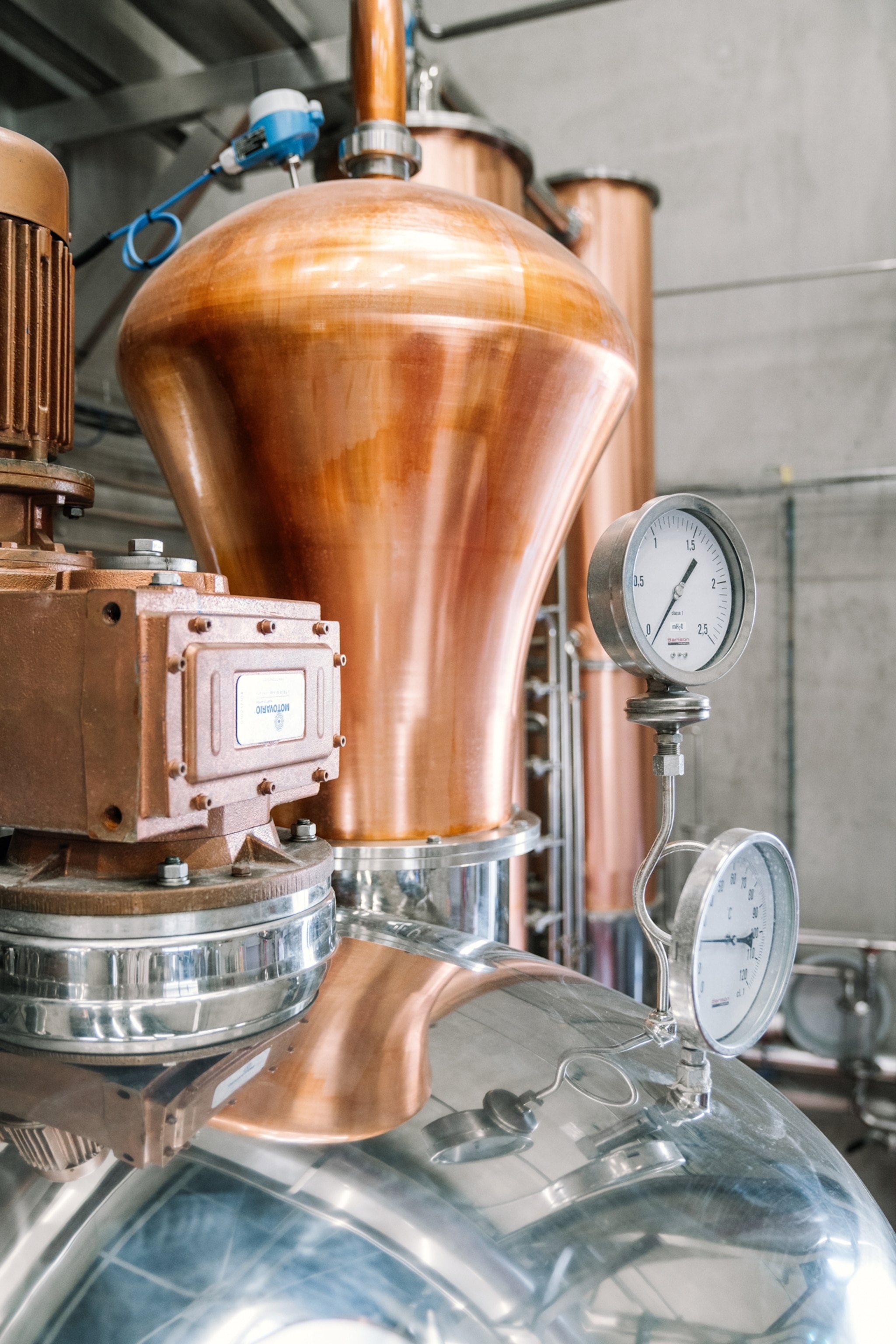

“Another ban came during World War II, but when that was lifted, Pernod launched its own—Pastis 51. The two brands became archrivals until 1975, when the companies merged and became Pernod Ricard.”
From there, the drink’s rise was meteoric, and the resulting wealth allowed Ricard to buy two islands about 35 miles south of Marseilles: Île de Bendor and the neighboring Île des Embiez, where, in 1966, he established the Observatoire de la Mer (now called the Paul Ricard Oceanographic Institute). Bendor is also home to a gallery of Ricard’s artworks—mostly portraits of family members—and a museum of wines and spirits. The latter houses a jaw-dropping collection of more than 8,000 bottles, including cognac given to Napoleon Bonaparte in 1811.
But long before Paul Ricard commercialized pastis, the herbs that grow in the rocky terrain known as la garrigue in the hills above Marseille were being blended for medicinal purposes. As far back as the 11th century, the village of Forcalquier, at the foot of the Montagne de Lure, had a reputation for the healing of the sick, and for centuries the area was known for its pharmacists and apothecaries. By the 19th century, it was home to dozens of absinthe distilleries.
(Learn how ancient remedies are changing modern medicine.)
One of the few to survive to this day is Distilleries et Domaines de Provence, which creates the region’s most popular artisanal pastis brand, Henri Bardouin. Its blend includes more than 65 herbs and spices, which are either macerated or distilled.
“Bardouin loved to concoct different liqueurs from the herbs on Montagne de Lure,” explains Alain Robert, who took over the distillery reins in 1974. The spices used here have traveled from afar: licorice from Turkey, cardamom from countries in the Indian Ocean, tonka beans from Guyana.
The resulting mixture has a rounded, complex flavor. The aniseed is strong but balanced by other herbs and spices. Robert says that, like wine, Henri Bardouin can accompany any meal. “It brings out the flavors of the region,” says Robert.
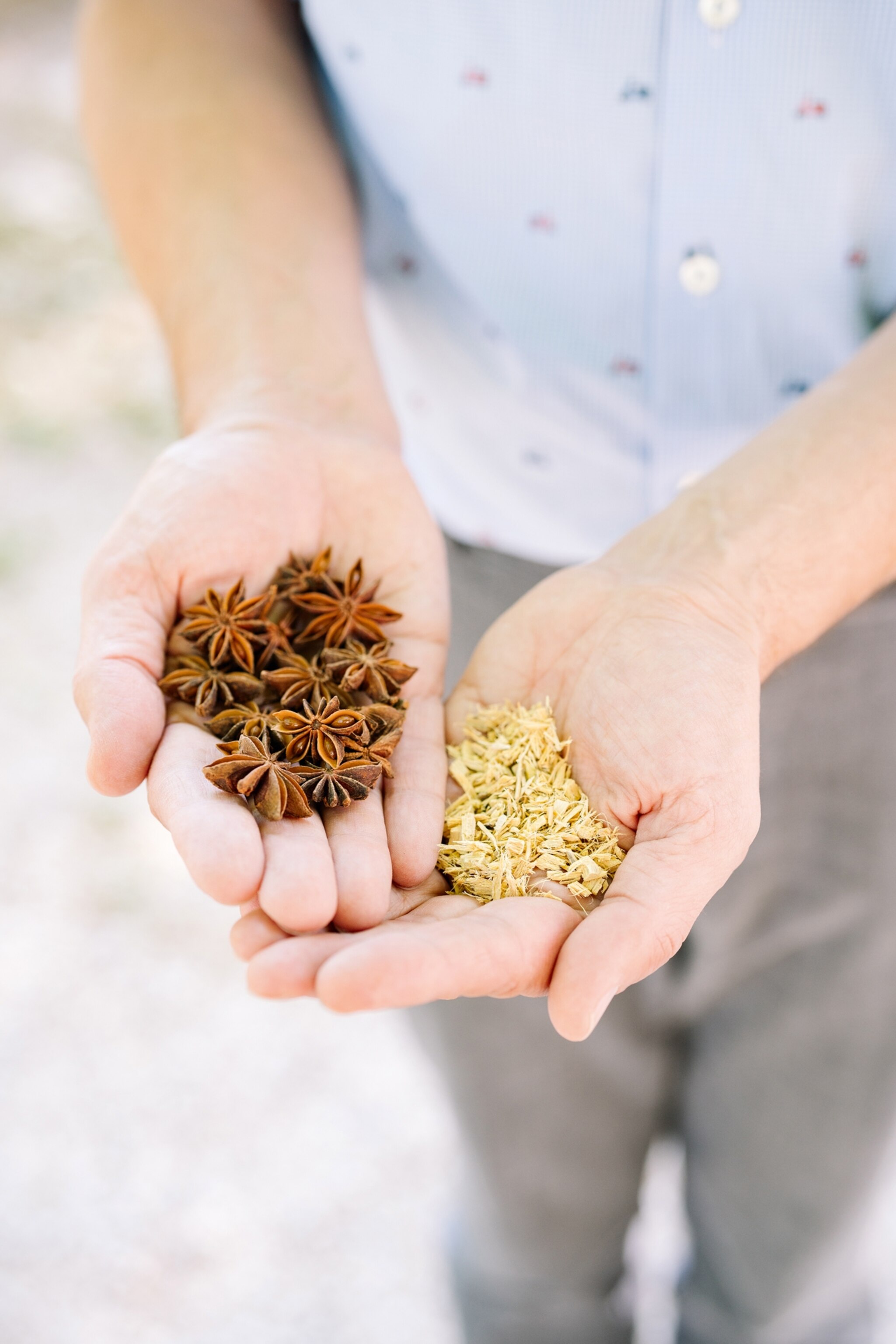
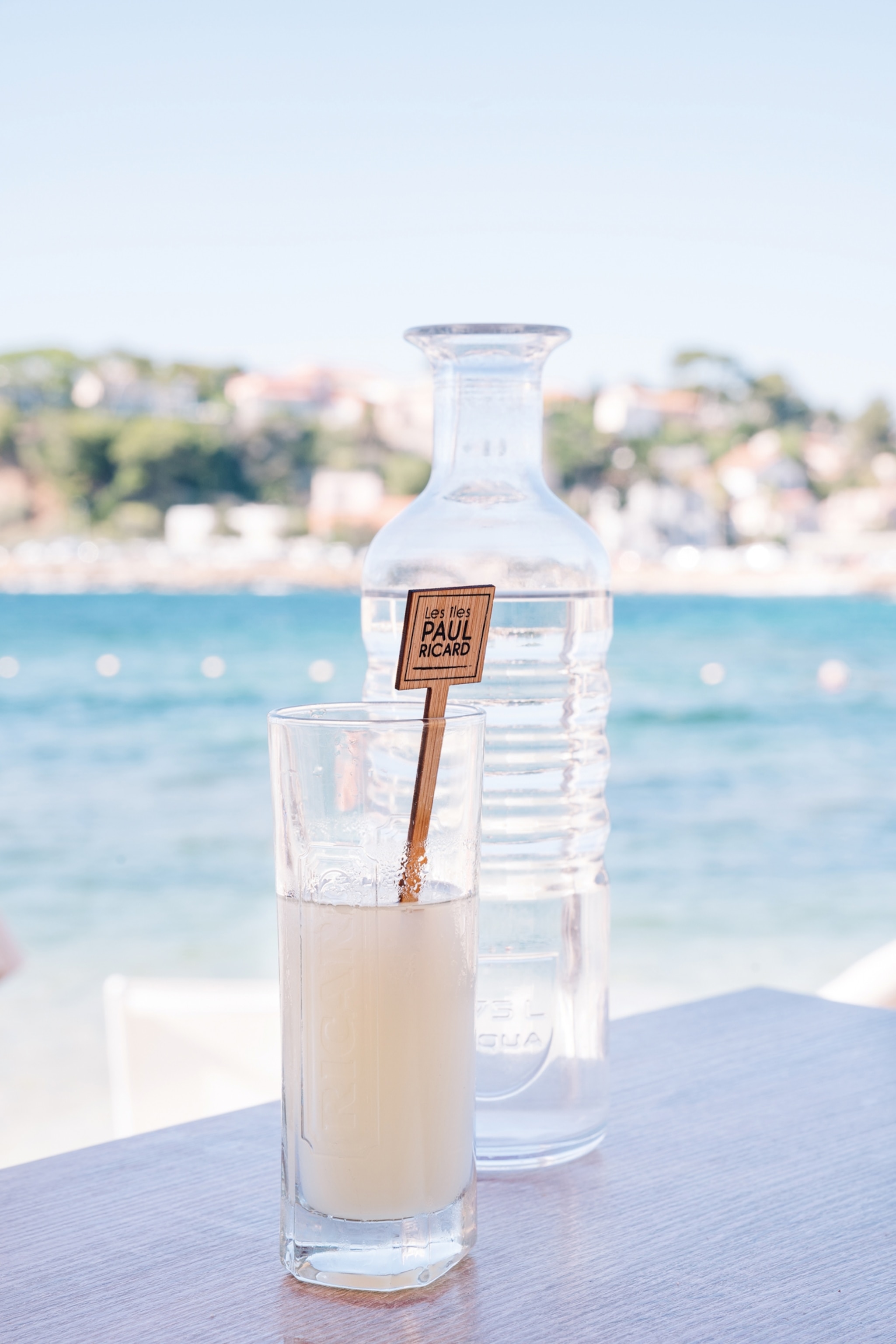
A new generation
Of course, pastis isn’t just an accompaniment for Provençal dishes—many local chefs also cook with it. Among them is chef René Bergès, whose family-run restaurant La Table de Beaurecueil is located in Beaurecueil, a village at the foot of Montagne Sainte-Victoire. The mountain is said to have inspired artists such as Cézanne, Picasso, and Kandinsky.
Clad in a Hawaiian shirt and tartan-framed sunglasses, Bergès says his cooking is informed by his surroundings. “I’ve always liked to make connections between products from the region, be it lavender with fish, or thyme or rosemary in a soufflé,” he says.
Over a dish of fennel and red mullet with a pastis-infused sauce, Bergès goes on to explain the trick to cooking with pastis. “You can’t let it dominate, so you use it lightly,” he says. “And to flambé with pastis is heresy! Restaurants do it for the spectacle, but it burns off the flavor.” As for pastis pairings? “The best is fish. It’s good with bouillabaisse. When you add pastis at the end it enhances all the flavors,” he says. “It works with desserts, too, in frozen soufflés or with apricots.”
In nearby Aix-en-Provence, David Gabrielian, the owner of La Pastisserie, is doing his best to represent the lesser-known pastis brands. In his small shop, he stocks pastis from all over France and creates his own blends. The star of the show is Lis Estrella (Provençal for “point out the stars”), which has gentle caramel notes alongside the aniseed. “I want to help people discover pastis beyond the commercial brands,” he says. “Most people start off saying they don’t like it because they’re used to the big brands, but then they try Pastis Henri Bardouin, they like it, and that opens up their curiosity. Often they’ll leave here with three or four different bottles.”
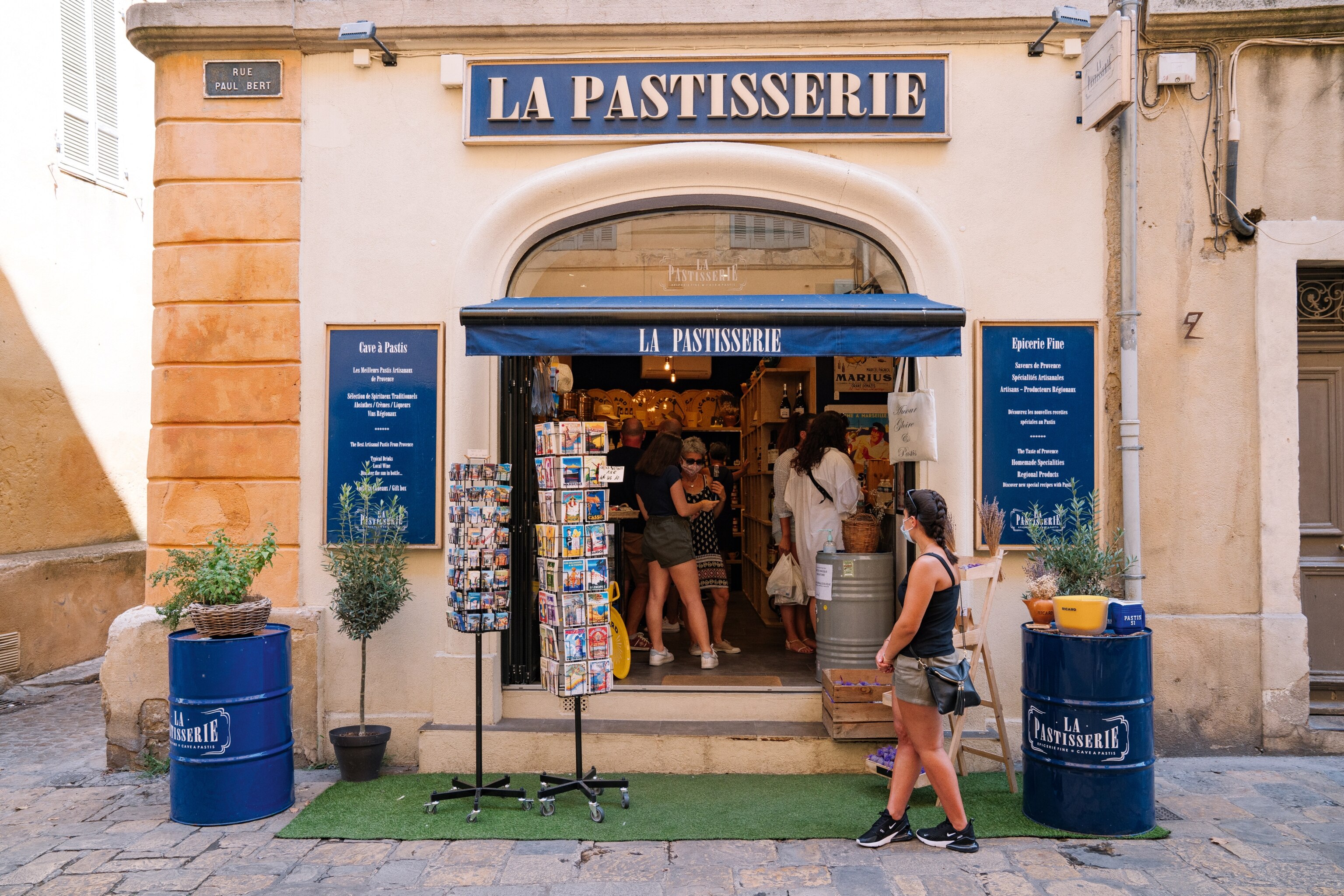
Inside the shop, a steady stream of customers come and go, many of them couples, many under 30. “The image of pastis is of old men with berets, but more women are discovering it—and young people too,” says Gabrielian, who often runs pastis discovery evenings.
On his shelves is a pastis from Distillerie de la Plaine, a tiny distillery in the backstreets of Marseille run by Guillaume Strebler. In the back of Strebler’s shop, behind a curtain, a string of verbena leaves dries across the doorway. Red stills trickle out pastis.
“I just wanted to do something else,” says Strebler, whose previous career was in the construction industry. “I thought I’d make a whisky, but that takes several years, so I started making pastis first and it’s taken off so well, I haven’t got around to making whisky.”
(The next great whiskey trail is not where you think it is.)
Strebler produces two different versions of pastis, the first is a standard blend but the other is more of a departure. “It’s more herbal and floral,” he says. “There’s still aniseed, fennel, and licorice, but I also use verbena and yerba maté, [a drink] similar to tea or coffee.” The result is delicious, a drink with an almost chocolatey smoothness with the verbena lending a gentle spearmint note. “This is one to savor, with just an ice cube. People who generally don’t like pastis, like this,” he explains.
But there’s one more to try: a pastis that’s specifically designed as a digestif rather than an aperitif. It’s produced by Guillaume Ferroni, the brains behind Maison Ferroni, a distillery at Château des Creissauds in Aubagne, near Marseille. Among a wide range of spirits made there, his sublime version of pastis ages for two years before it’s released as a “vintage.”
In the cool stone-arched cellar bar of his distillery, Ferroni hands tasters a glass of the Pastis Millésimé 2018, served neat. With its smooth, caramel notes, this golden liqueur is nothing like the others. It’s sweet, the licorice not at all overpowering, with a rounded flavor from the numerous botanicals. Ferroni uses fresh leaves rather than dried, grown in the château’s sun-scorched gardens.
“To qualify as a pastis, there must be a certain level of aniseed and licorice in the mix, but we use the minimum legal amount and enhance it with other flavors,” explains Ferroni, whose business runs pastis-blending workshops as well as pop-up cocktail events in Marseille. “But the lower level of anethol [the aniseed element] means it doesn’t go as cloudy.”
This incarnation shows just how diverse the drink can be. But is pastis still pastis without the ritual? To find out, head to the balcony of La Caravelle bar on the harbor side of Marseille’s Vieux Port for a glass of Henri Bardouin. You’ll find all the key elements one needs: the taste of aniseed, the pastis ritual, and, crucially, that all-important Provençal sunshine.
This article is adapted from a story published in Issue 11 (Spring 2021) of National Geographic Traveller Food.
